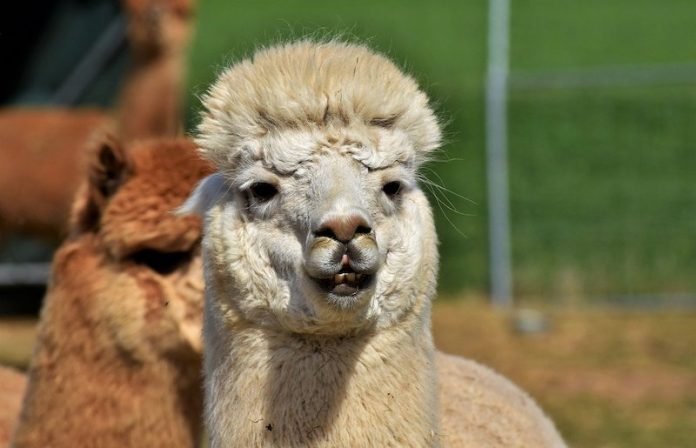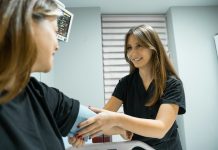
In a new study, researchers found a new method to extract tiny but extremely powerful SARS-CoV-2 antibody fragments from llamas.
It could be fashioned into inhalable therapeutics with the potential to prevent and treat COVID-19.
These special llama antibodies, called “nanobodies,” are much smaller than human antibodies and many times more effective at neutralizing the SARS-CoV-2 virus. They’re also much more stable.
The research was conducted by a team at the University of Pittsburgh School of Medicine.
To generate these nanobodies, the team turned to a black llama named Wally.
They immunized the llama with a piece of the SARS-CoV-2 spike protein and, after about two months, the animal’s immune system produced mature nanobodies against the virus.
Using a mass spectrometry-based technique that they had been perfecting for the past three years, they identified the nanobodies in Wally’s blood that bind to SARS-CoV-2 most strongly.
Then the scientists exposed their nanobodies to live SARS-CoV-2 virus and found that just a fraction of a nanogram could neutralize enough viruses to spare a million cells from being infected.
These nanobodies represent some of the most effective therapeutic antibody candidates for SARS-CoV-2, hundreds to thousands of times more effective than other llama nanobodies discovered through the same phage display methods used for decades to fish for human monoclonal antibodies.
The nanobodies can sit at room temperature for six weeks and tolerate being fashioned into an inhalable mist to deliver antiviral therapy directly into the lungs where they’re most needed.
Since SARS-CoV-2 is a respiratory virus, the nanobodies could find and latch onto it in the respiratory system, before it even has a chance to do damage.
In contrast, traditional SARS-CoV-2 antibodies require an IV, which dilutes the product throughout the body, necessitating a much larger dose and costing patients and insurers around $100,000 per treatment course.
The team found that their nanobodies use a variety of mechanisms to block SARS-CoV-2 infection. This makes nanobodies ripe for bioengineering.
For instance, nanobodies that bind to different regions on the SARS-CoV-2 virus can be linked together, like a Swiss army knife, in case one part of the virus mutates and becomes drug-resistant.
One author of the study is Yi Shi, Ph.D., an assistant professor of cell biology.
The study is published in Science.
Copyright © 2020 Knowridge Science Report. All rights reserved.



